Suleiman The Magnificent & Topkapi Palace
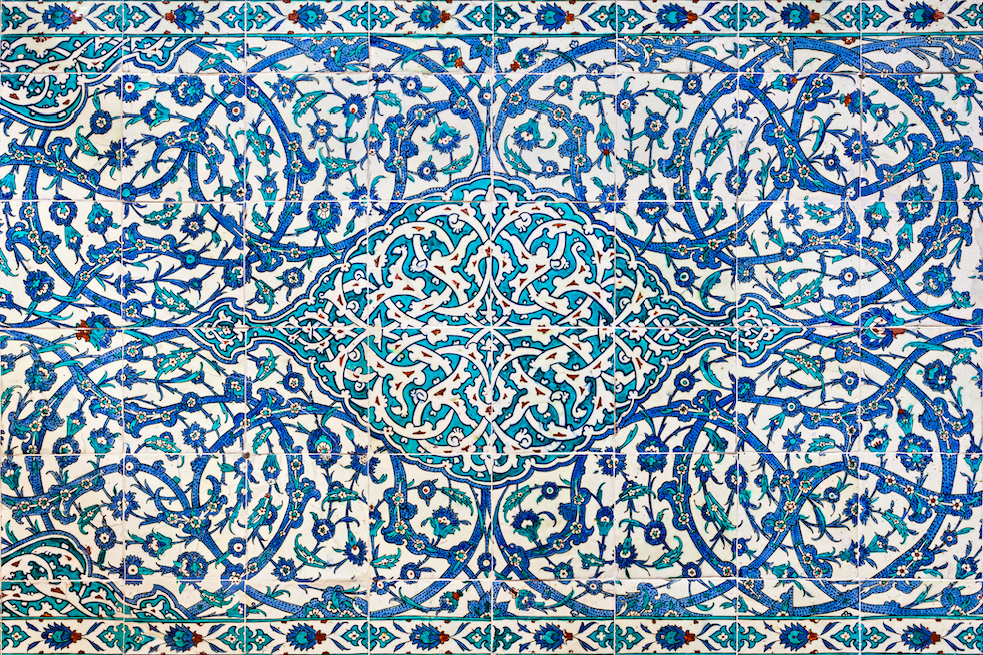
Suleiman The Magnificent & Topkapi Palace
Sultan Mehmed II discovered the Imperial Byzantine Great Palace of Constantinople in ruins during the Ottoman invasion in 1453. The Ottoman court was built in the Old Palace, which is now Istanbul University. After searching for a better site, the Sultan selected the old Byzantine acropolis and ordered the building of a new palace in 1459.
Sultan Mehmed II designed the palace's simple architecture. He built his private quarters and innermost buildings on the promontory's highest point. The innermost center was surrounded by various buildings and pavilions, which rose down the promontory into the Bosphorus shores. High walls encircled the entire complex, some of which dated back to the Byzantine acropolis. The pattern of future renovations and expansions was dictated by this simple style. Before you visit Istanbul, you should know these about the Topkapi Palace!
Topkapı Palace evolved over decades, with sultans incorporating and modifying different structures and features, unlike some other royal residences around the world that had rigid master plans. While the main architecture by Mehmed II was retained, the existing asymmetry is the product of this chaotic development and transition over time. The majority of the reforms took place between 1520 and 1560, during Sultan Suleiman's rule. With the Ottoman Empire's rapid growth, Suleiman needed his residence to represent the empire's increasing power and prestige, so new buildings were built or expanded. The Persian Alauddin, also known as Acem Ali, was the period's chief architect. He was also in charge of the Harem's extension.
Harem in Topkapi Palace
For decades, the Harem apartment, where the Sultans lived privately with their wives, was the residence of the Ottoman Dynasty and the Harem's upper-class citizens. It also served as a collegiate, complete with its own set of rules and hierarchy. The Imperial Harem of Topkapi Palace is significant in terms of architecture and its portrayal of styles from the sixteenth to the nineteenth centuries.
It was a prohibited zone where only Sultans, Sultans' mothers, wives, and children, the Qadi, the Chief Consort, concubines, and harem guards were permitted to join (eunuchs).
The relocation of Sultan Suleyman the Magnificent, his wife Hürrem Sultan, and their families to the Harem of Topkapi Palace started the intensive building and organisation of this section, concealed behind high walls from the Selamlk (Sélamlique) and other courtyards in the palace. The Harem apartments, which were set in the second courtyard and in the backyard, were gradually evolving and took on their final shape over time as improvements and enhancements were made.
Rebuilding of Topkapi Palace
The kitchens were completely ruined by fire in 1574. Sultan Selim II tasked the royal architect Sinan with rebuilding and extending the ruined sections, as well as the Harem, baths, Privy Chamber, and numerous shoreline pavilions. The palace had taken on its current form by the end of the 16th century.
The Ottoman palace is more of a complex than a single monolithic structure, consisting of a series of low buildings arranged around courtyards and linked by galleries and corridors. Only a few of the structures are taller than two stories. Trees, parks, and water fountains are interspersed to offer a refreshing atmosphere to the residents as well as spaces to relax. The courtyards were surrounded by houses, and life revolved around them. To build an open environment and provide fresh air during the hot summer months, doors and windows face the courtyard. Travel Istanbul to see the new Topkapi!
Weaponary Collection in Topkapi Palace
The Topkapi Palace Museum arsenal collection spans 1.300 years and includes 52.000 firearms of Arab, Umayyad, Abbasid, Mamluk, Persian, Turkish, Crimean Tartar, Indian, European, and Japanese origin. One of the best tourist spots in Istanbul, The arsenal includes arms moved from the cebehane and those used by the palace guards; however, the most notable portion of the collection is made up of weapons commissioned by the sultan himself or specially made as gifts for him, and which are part of the palace's private collection. This collection contains arms belonging to sultans such as Mehmed II, Bayezid II, Selim the Grim, Suleiman the Magnificent, Selim II, Mehmed II, and Ahmed I, as well as weapons belonging to high-ranking officials such as grand viziers, pashas, and palace chamberlains; many of these weapons are eye-catching due to their fine craftsmanship and decorations. The custom of taking to the palace the weapons of prominent figures acquired by plunder was another aspect that led to the diversification of the collection's highly artistic weaponry.
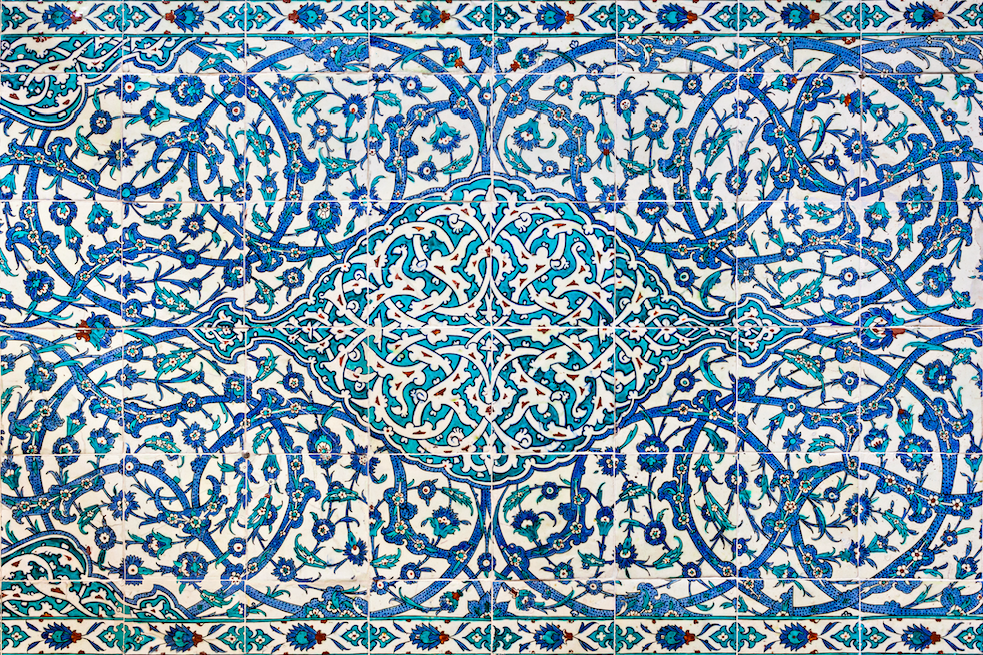



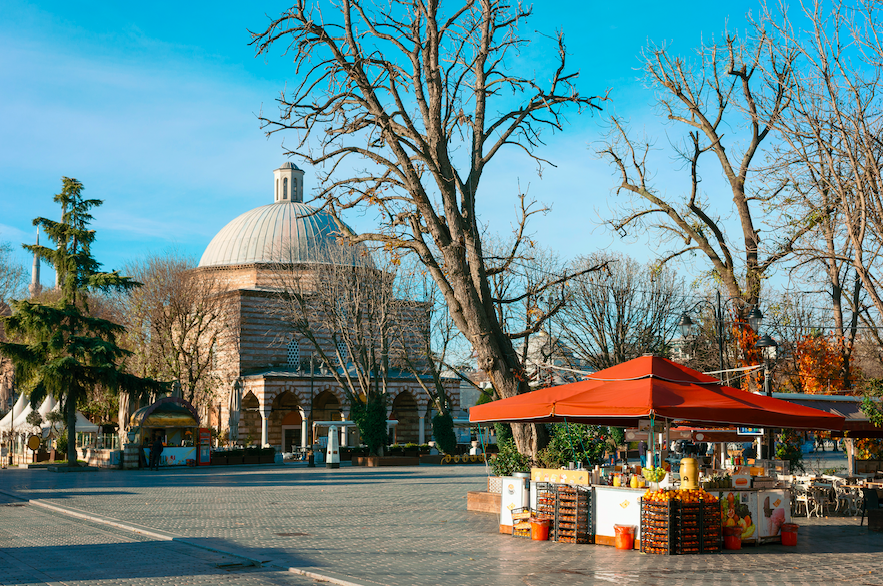

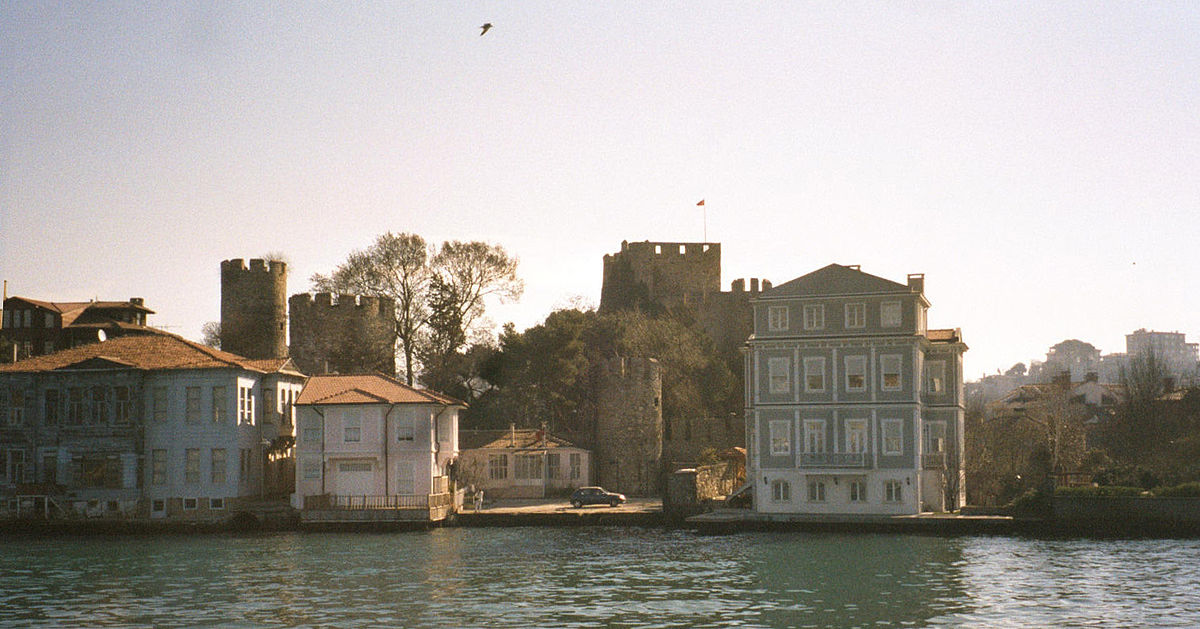
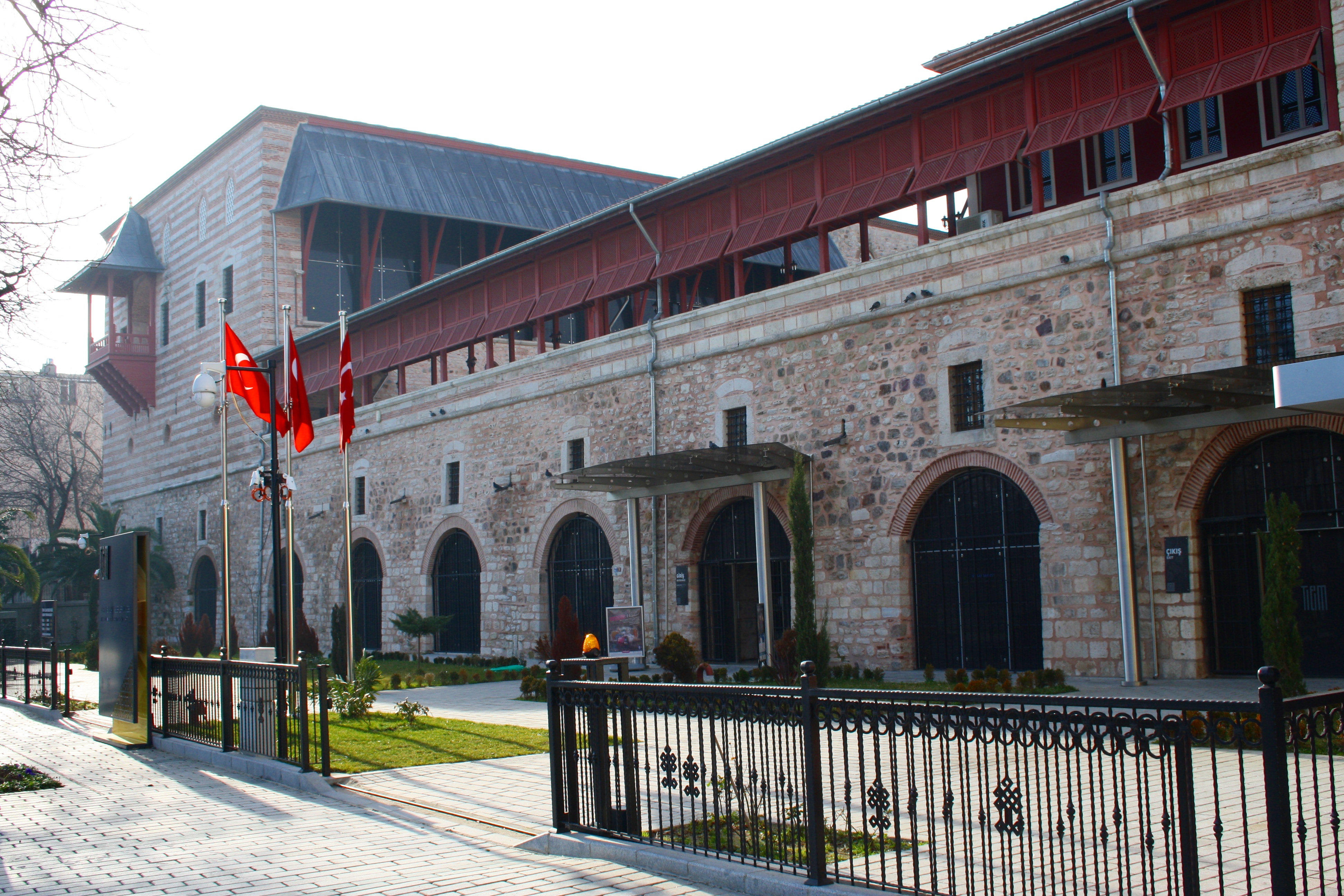


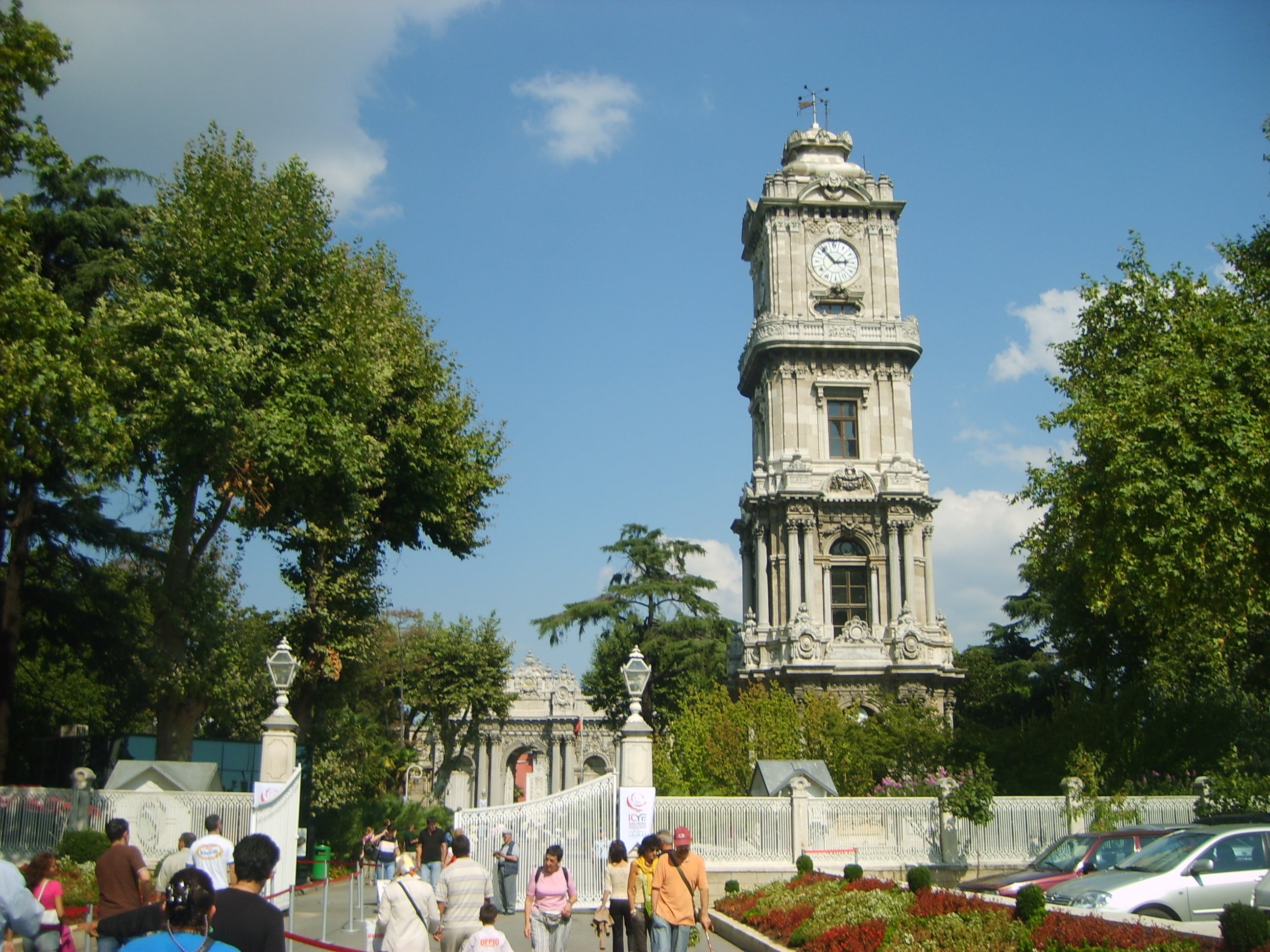
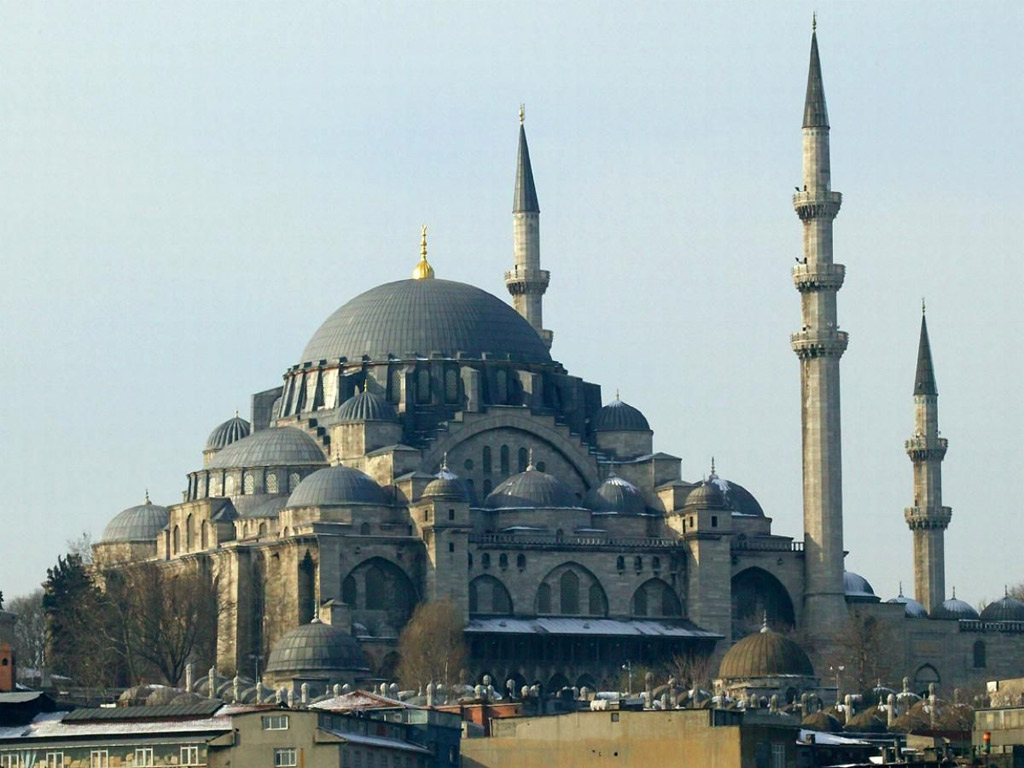
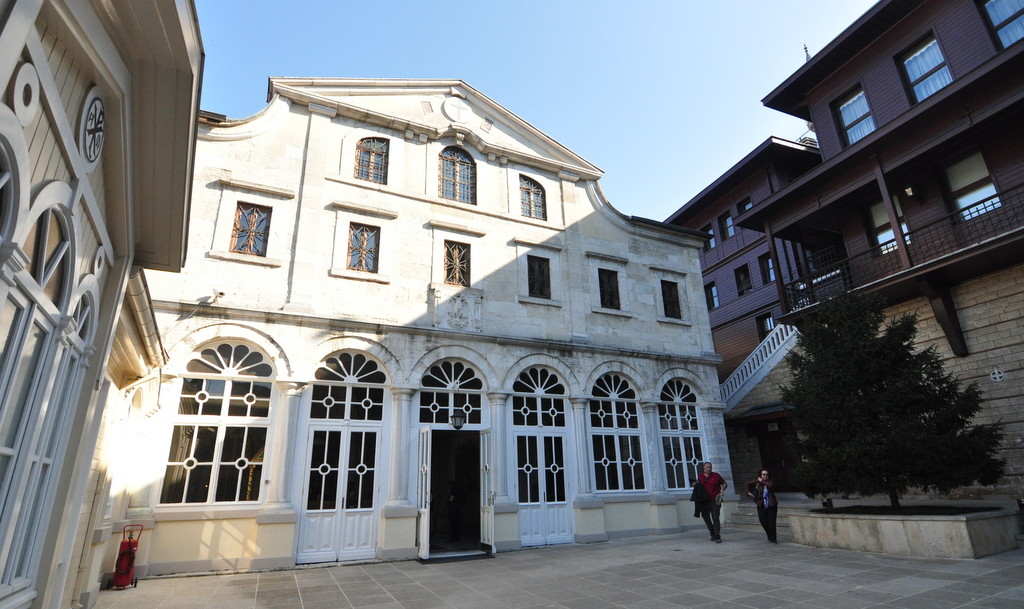
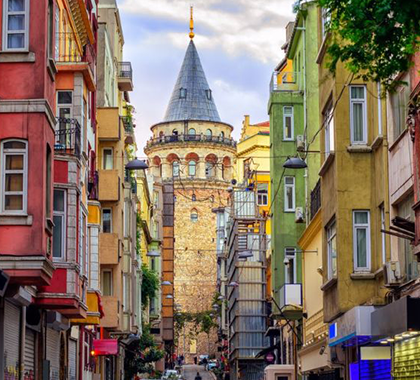


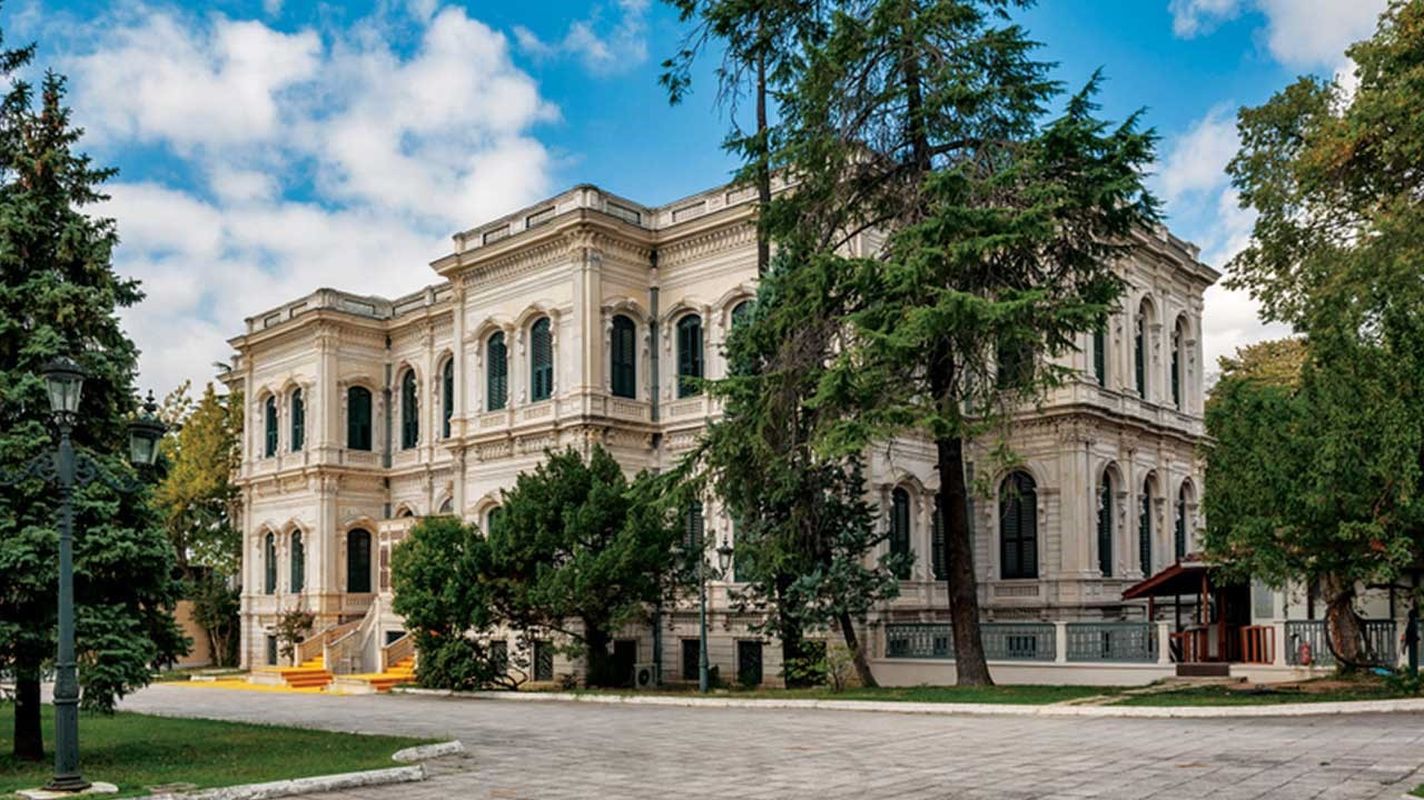

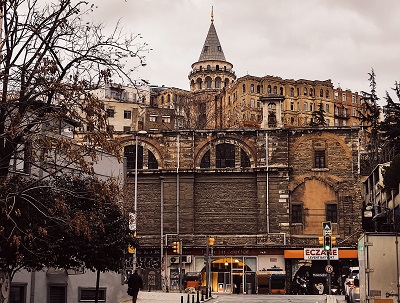


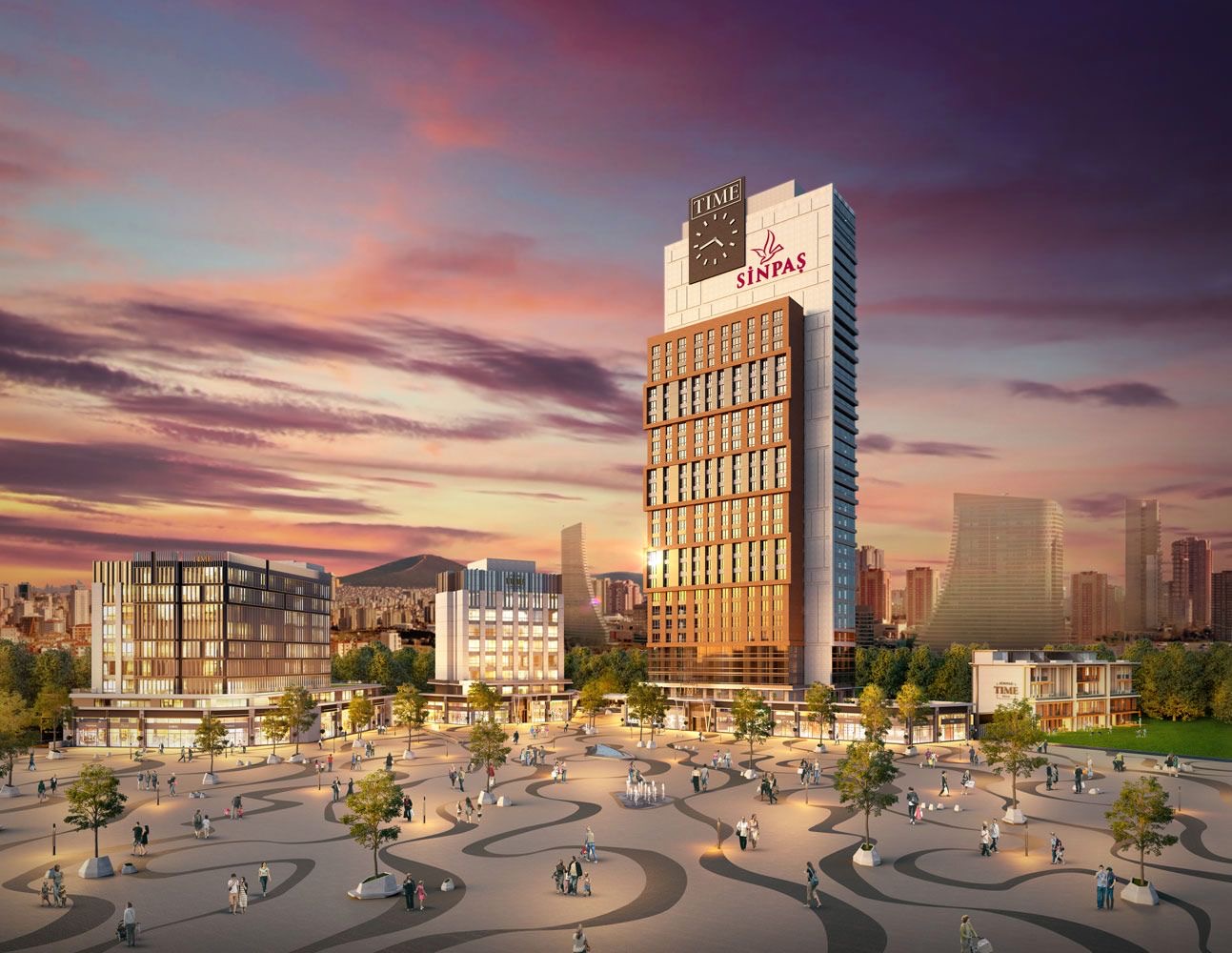

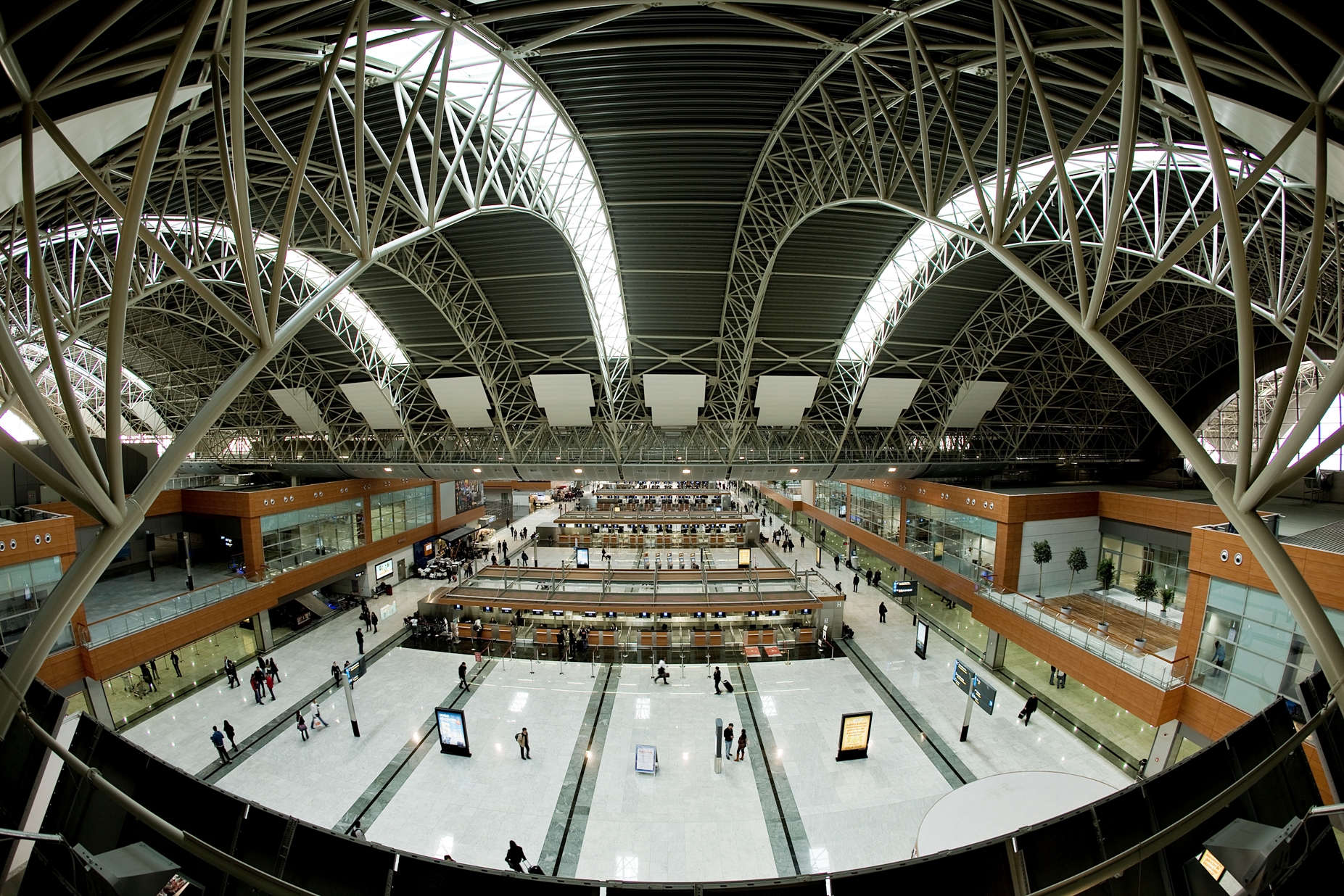

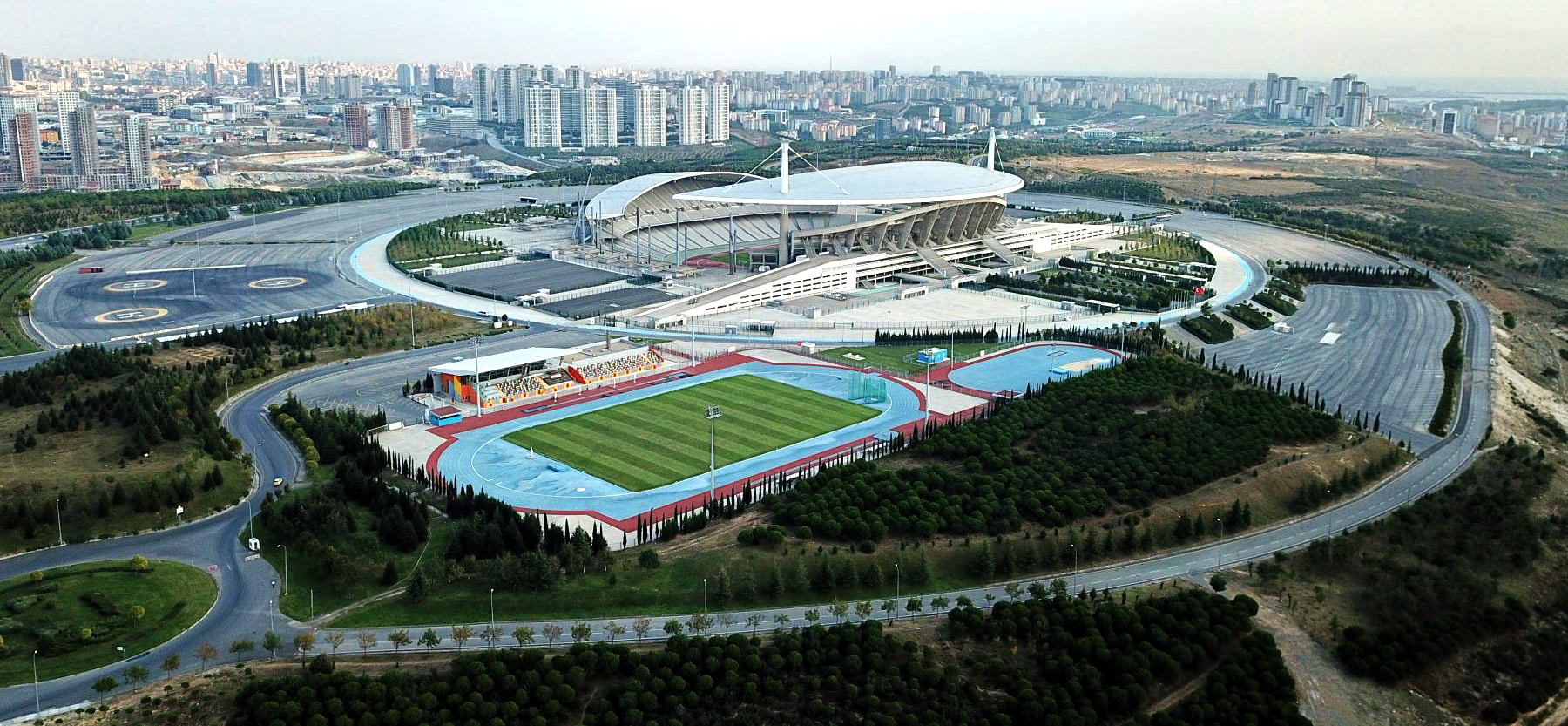
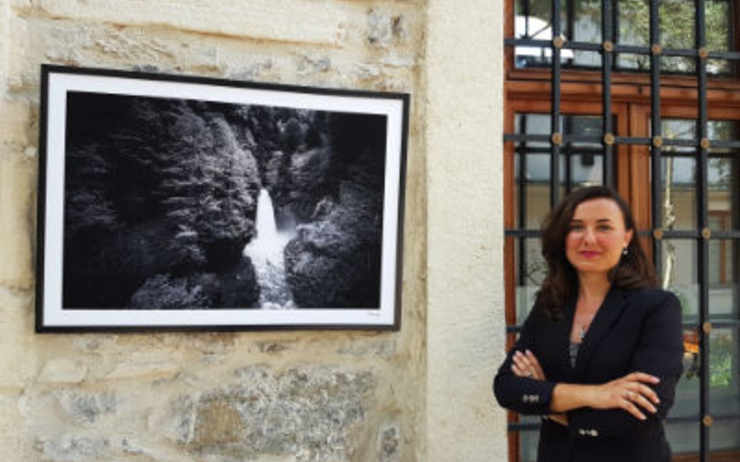
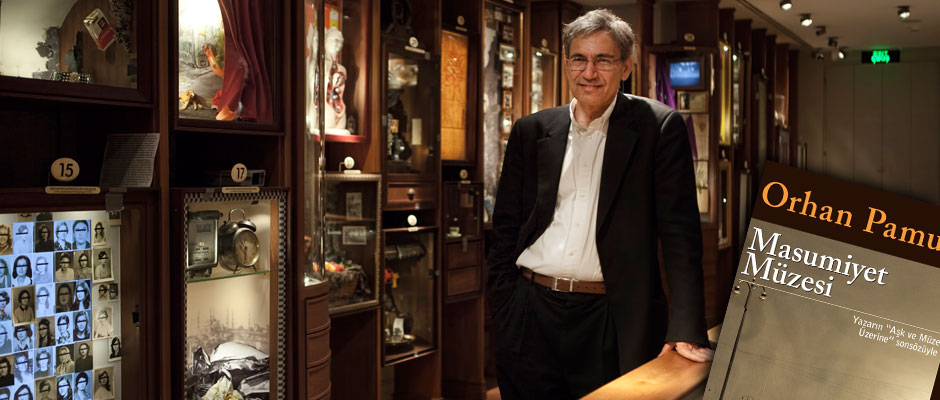


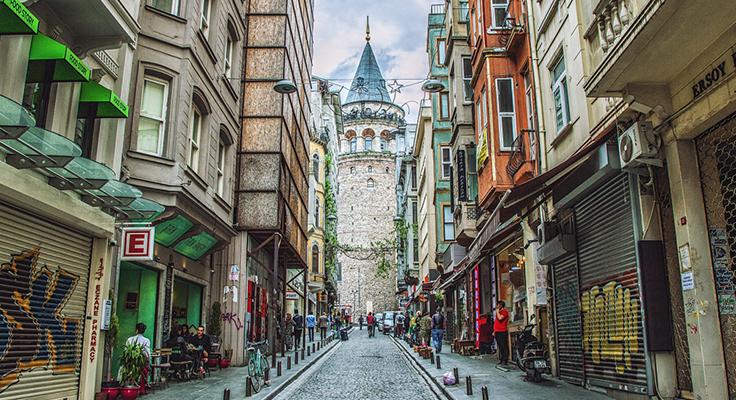
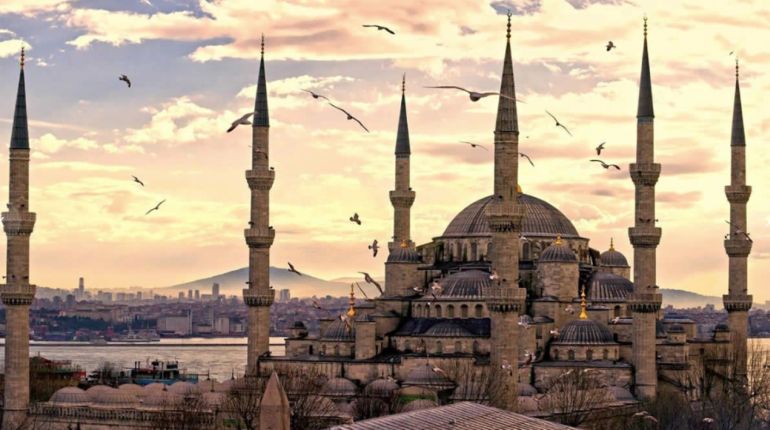
More posts by Etiya Res